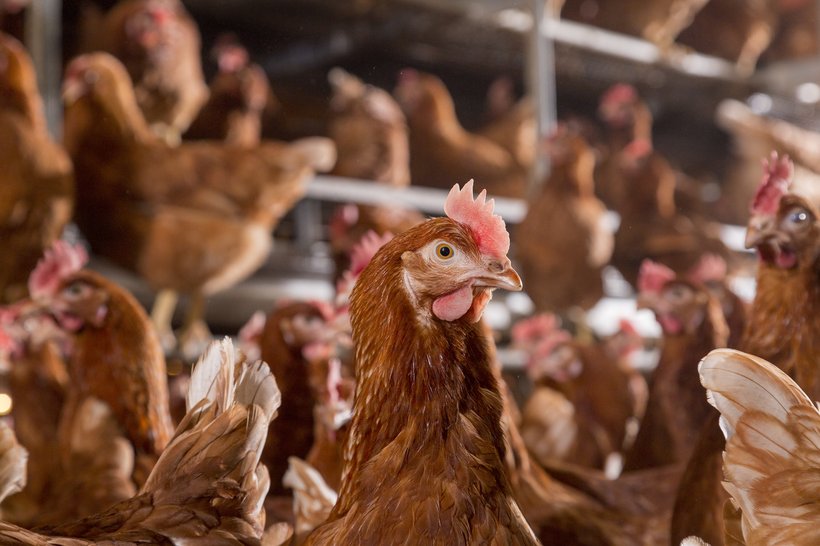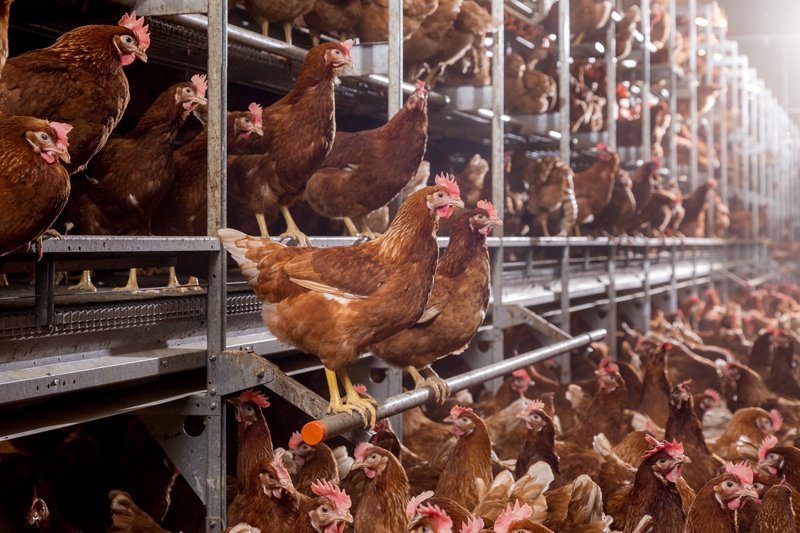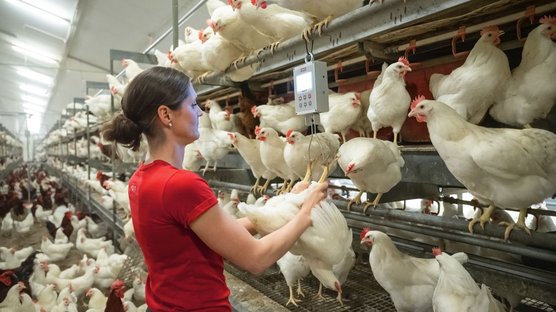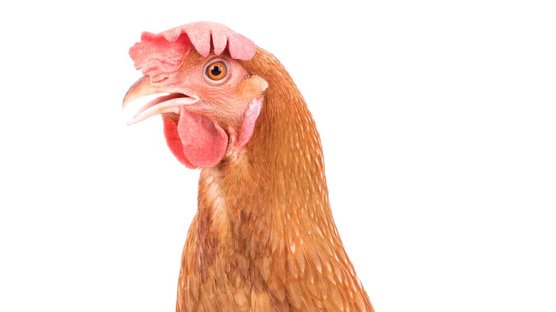
Published on April 29, 2021
Ensuring Flock Performance, Health and Livability Through a Multifactorial Approach
Antimicrobial use in commercial poultry has been drastically reduced or eliminated in recent years. Improved livability without the need for medication is definitely a reality today in various breeds and breed crosses of commercial egg layers. It is important to review some of the factors involved in maintaining flock health and performance without the need for medication.
Improving livability through genetic selection is a complex matter that is directly connected to the ability of flocks to achieve longer egg production cycles while maintaining excellent performance and without experiencing significant losses. In the past, it was necessary to cut production cycles short or to induce molting in order to avoid metabolic diseases, reduce mortality and maintain eggshell quality. Today, long production cycles are common in many egg layer operations around the world. Flocks can sustain long production cycles without significant detriment to their health, bone integrity and eggshell qualities. A large part of the reason why chicken flocks can now achieve a production of up to 500 eggs by 100 weeks of age is because livability to 100 weeks has improved dramatically in recent years, and also because eggshell quality and proper egg size can be sustained for a long time without being affected detrimentally by age.
Despite hens living better and longer, it is important to do everything possible to protect their health and welfare without the need for medication. In order to accomplish this goal, various aspects must be emphasized. Some general guidelines for promoting health and performance through management are listed as follows:
Infrastructure, housing and equipment
Farm and house design should always match the biosecurity and welfare needs of pullets and hens. Regarding infrastructure, it is not absolutely necessary to have the best and most expensive facilities. What is important is that the investment in infrastructure is geared to ensure permanent bird comfort, shelter from diseases and predators and minimal risk for foodborne pathogen contaminations. Farm isolation contributes to minimizing disease risks. Multiage megafarms represent an attractive economic formula, but they are a challenge when it comes to maintaining flocks disease-free. The type of housing and equipment should ensure thermal comfort at all times, excellent air quality and proper ventilation to reduce manure moisture and insect proliferation. If pullets or hens are in cages, adequate bird density is absolutely critical for bird comfort, livability and performance. If birds are on the floor, the litter must be managed such that it is never too dry or too humid. Excessively dry litter is not conducive to proper resistance against coccidiosis after vaccination and is more prone to induce respiratory diseases. Excessively moist litter contributes to fly proliferation, ammonia production and increased humidity in the air adding to bird discomfort. Birds with access to the outdoors should be provided with adequate shelters and drinking water in order to maintain health and livability. Whatever the infrastructure and equipment might be, one should always keep in mind the primary goals:
- Air quality. Poor air quality leads to respiratory disease. It is imperative that dust particles are maintained at low levels as much as possible through ventilation in cage facilities, a task that is more difficult to accomplish in cage-free operations. Dust particles may carry bacteria along and when inhaled, they contribute to a chronic challenge to the respiratory tract. Ammonia can be a significant problem in certain types of housing. Moderate to high ammonia concentration in the air may lead to paralysis of cilia in the upper respiratory tract and impairment of the phagocytic or antigen-processing ability of inflammatory cells when dealing with airborne pathogens.
- Thermal comfort. Maintaining pullets and hens within their proper thermal comfort zone at all ages and stages of production is essential for health, welfare, livability and performance. Cold house temperature may result in higher feed consumption and increased egg size. Hot house temperature may result in lower feed consumption and lower egg size or egg mass. In addition, decreased feed consumption without adjusting calcium contents in the diet may result in decreased eggshell quality, increased downgrades at the egg grading and packing plant and/or increased egg losses during transportation and/or loss of bone mineralization.
- Water availability and water quality. Water consumption should not be averaged to account for individual bird consumption per day. If possible, it is important to make sure that birds consume as much water as they need at critical times during the day and an effort should be made to determine water consumption patterns throughout the day and even in different areas of the barn. In some locations water consumption might be highest during the hottest hours of the day. However, in environmentally controlled houses, water consumption is highest in the last few hours of the day, before the lights are turned off. If low water pressure or drinker condition hinder water consumption at this critical time, egg production and health may be affected eventually. Ideally, drinking water should be sourced out of closed reservoirs or water systems instead of using open bodies of water as a source. Open bodies of water may occasionally display significant levels of bacterial contamination. In addition, water sourced out of open reservoirs is a major risk for avian influenza contamination in areas where aquatic birds roam. Water with high mineral contents might also exert a detrimental impact on livability and performance.
- Lights. Artificial or natural lighting can influence productivity, bird behavior and even the livability of chicken flocks. Pullets and hens exposed to excessive light intensity may exhibit a nervous and even aggressive behavior. Higher mortality in rows of cages exposed to direct sunlight is not uncommon. Occasionally, there may be a discrepancy between the light intensity required by animal welfare auditors and what the flocks actually need. Many times, it is necessary to dim the lights to below required levels to reduce hen nervousness, trauma and mortality.
- Housing and equipment. The type of housing and equipment design and maintenance can have a significant impact on flock health, welfare, livability and performance. Cage design influences many aspects of production, health, welfare and even product wholesomeness. The width, depth and height of cages influence feeder space, ease of access to drinking water, potential for feed contamination with feces, pullet or hen access to feces on the manure belts if the cage tops are too low, increased or reduced exposure to light, etc. Some aviary systems are more conducive than others to trauma, keel deformities, feed and nest contamination with feces, coccidiosis, etc. Keeping chickens outdoors makes them more susceptible to predation if proper sheltering is not available. House design and equipment distribution might make it easier or more difficult to vaccinate chickens successfully either in rearing or during production.
Nutrition and feeding
The interactions of nutrition, feeding and flock health and performance are complex and too many to be discussed herein. However, it should be mentioned that nutrition for pullets must focus in preparing the flock for a long cycle of production. It is imperative that the pullets achieve the body weight, frame and uniformity recommended for the breed before they are transferred to the production facility. Even if pullets appear clinically healthy, underweight birds may not contribute to peak egg production and may not be able to confront disease challenges effectively. Often times, individual hens with higher feed consumption and a bigger body frame are more capable of coping with adversity, including infectious diseases. Items as simple as feed and feed particle presentation can have a significant impact in pullet and hen health long term. Feed formulation itself exerts a direct impact on bone integrity, hen activity, egg production and egg quality. In addition, certain nutrients can have a direct impact not only on production but also on health and livability. Low calcium levels lead to loss of bone mass and if too severe, may cause lameness or lack of mobility, making chickens more prone to being trampled or unable to move to reach water and feed. Excess sodium may result in flushing, while insufficient sodium in the diet depresses water and feed consumption and could even induce partial molting and egg production drops if the levels are too low for an extended period of time. Excess calcium results in visceral gout, while deficient calcium causes loss of bone mass. Choline chloride deficiency can lead to fatty liver hemorrhagic syndrome and mortality. Abrupt reductions of methionine, lysine/methionine, tryptophan or crude protein in general could potentially cause behavioral changes, nervousness, feather loss and increased mortality.
Husbandry and welfare
Good husbandry practices and preserving the welfare of chickens is essential to maintain their comfort, livability and performance at the highest possible levels. Poor husbandry is detrimental to the welfare of chickens and often results in increased disease susceptibility, suboptimal performance and higher mortality.
Biosecurity and immunization
A biosecure environment is an essential component of disease prevention. It is always prudent to immunize chickens by vaccination against common infectious diseases potentially present in the area. Biosecurity should be designed to minimize the risk of infection, whereas immunization is done to increase resistance against disease. The pathogen dose required to successfully infect chickens increases in vaccinated chickens. Vaccination may prevent infection and disease altogether or it may reduce clinical signs, pathogen shedding (excretion), production losses and mortality. Flocks that are sheltered against disease through vaccination and biosecurity are also less likely to require therapeutic support through the use of antimicrobials. Before the advent of effective vaccines, various infectious diseases used to require preventative treatment with anti parasitic or antimicrobial drugs. Today, the combination of improved livability through genetic selection and better nutrition, husbandry, housing and equipment, biosecurity and vaccination can result in excellent flock health and performance without the need for antimicrobial use.




